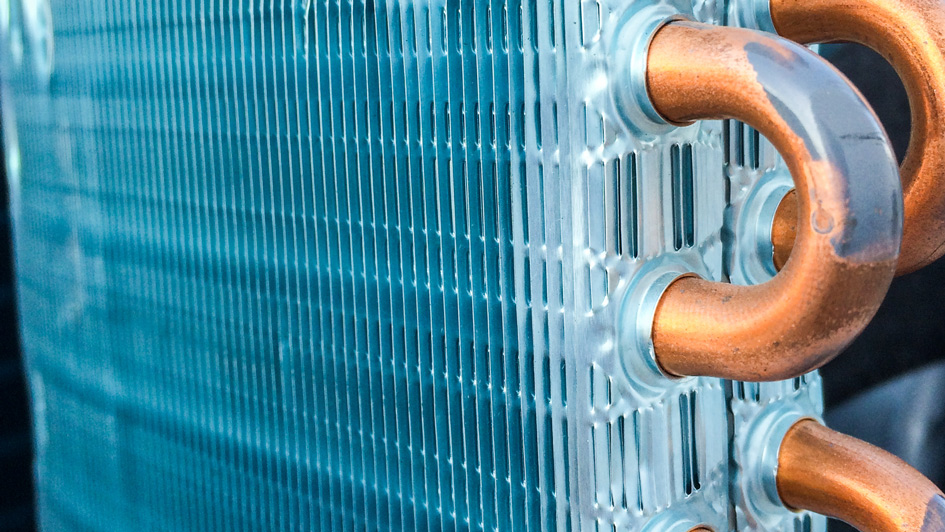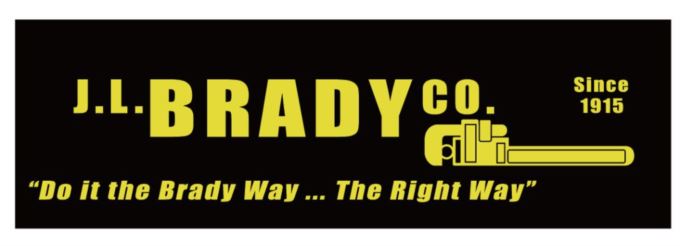
A furnace is usually a background player in your home, helping keep you warm across the cold winter months. It often isn't noticed until a malfunction appears.
One root cause could be that your furnace has a cracked heat exchanger. It’s a potentially dangerous issue, so it’s worthwhile to know the evidence of a cracked heat exchanger and what you should do if you believe that may be the problem.
What Is a Heat Exchanger in a Furnace?
A heat exchanger helps move heat from the combustion chamber inside your furnace to the air that moves throughout the air ducts. It generally accomplishes this with coils or tubes that heat up the air while serving as a barrier to keep gas created in the combustion chamber, called flue gasses, from leaking out into your home.
Is a Cracked Heat Exchanger Dangerous?
Because of its central role, it shouldn't come as a surprise that a cracked heat exchanger can be very dangerous. Cracks in the heat exchanger can allow dangerous gasses – including carbon monoxide, which can be lethal – to circulate through your home.
For obvious reasons, never use your furnace if you believe you're dealing with a cracked heat exchanger, as letting it run could make your entire household sick. Reach out to an HVAC professional immediately if you are worried your heater has a cracked heat exchanger that should be repaired.
Four Warning Signs of a Cracked Heat Exchanger:
- Furnace turns off: Cracks in the heat exchanger could cause your furnace to shut off.
- Odd Smells: If the air coming out of your furnace has an intense chemical odor, it could be an indicator that gasses are seeping through cracks in your heat exchanger. These byproducts, which will often smell like formaldehyde, are a major warning sign.
- Carbon monoxide alarm is triggered or you feel health problems: If a cracked heat exchanger is releasing carbon monoxide into your home, your carbon monoxide alarm could go off or household members may start experiencing signs of carbon monoxide poisoning. Side effects include headaches, dizziness, weakness, nausea, vomiting or feeling sleepy. If an alarm goes off or you feel unwell, leave the home as soon as you can and then call for help.
- Soot: If you notice black sooty accumulating around the exterior of your furnace, it’s more evidence something could be seriously wrong.
What to Do if the Furnace Heat Exchanger is Cracked
If you believe your furnace has a cracked heat exchanger, contact a professional with extensive experience in furnace installation Moline right away so they can take a look at your system and, if necessary, perform a furnace heat exchanger replacement. Costs often differ depending on the situation, but estimates run in the neighborhood of $1,000 to $3,000.
However, the good news is that heat exchangers are generally covered by the warranty. You should check the warranty paperwork on your furnace, because while the warranty won't always cover the entire cost of repairs, it still may significantly shrink your bill.
How to Prevent a Cracked Heat Exchanger in Your Home
One of the easiest ways to minimize the risk of problems in your furnace overall is via consistent furnace maintenance. Furnaces provide the best possible return on investment when they operate efficiently. Contacting a certified professional to examine your furnace for old parts, dirty filters and other potential problems can help you avoid getting a big bill later on.
It’s also beneficial to take a look at your furnace filters every few months – it’s ideal some filters be swapped out every 90 days or sooner if they are dirty or grimy. While the filters aren't a part of the heat exchanger itself, the strain of drawing air through a clogged filter makes your entire furnace work harder to complete its job. And the harder your furnace needs to run, the more strain parts like the heat exchanger will sustain.




